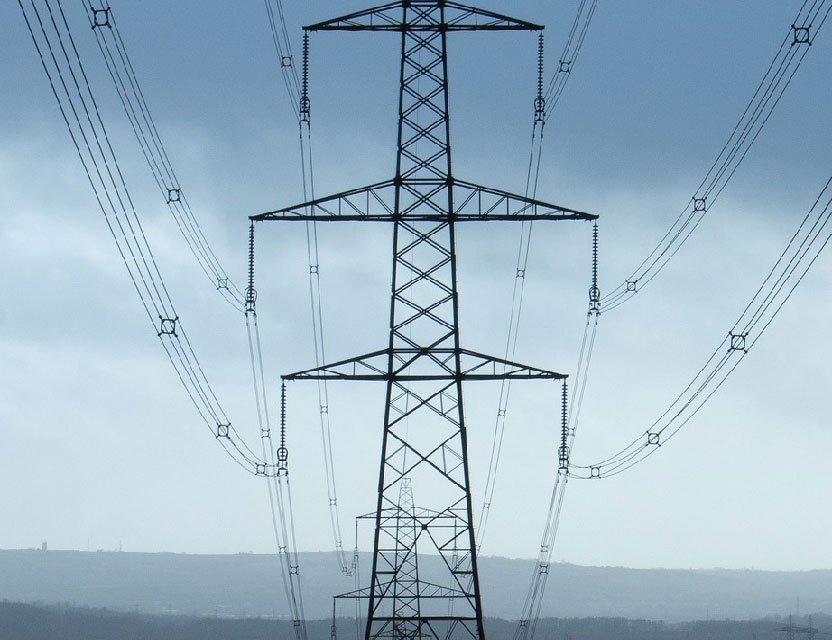Energy consumption is one of the main drivers of economic progress and modern societal well-being. However, excessive energy consumption, especially from non-renewable sources, has widespread environmental impacts. Canada, as one of the world’s largest energy consumers, faces multiple environmental challenges. One of the most significant challenges is the negative impact of energy consumption on endangered animal species. This article explores the connection between excessive energy consumption in Canada and the status of endangered animal species.
Energy Consumption in Canada
Due to its vast geography, cold climate, and abundant natural resources, Canada is one of the largest energy consumers globally. Most of the energy consumed in Canada comes from fossil fuels such as oil, natural gas, and coal. These sources, by producing greenhouse gases like carbon dioxide, contribute to global climate change. Increased temperatures, changes in precipitation patterns, and the melting of polar ice are major consequences of climate change that directly and indirectly affect wildlife.
Impacts of Excessive Energy Consumption on Animal Species
Excessive energy consumption and its consequences, particularly climate change, pose serious threats to endangered animal species in Canada. Below, we examine a few examples of these species:
- Polar Bear Polar bears are one of the most iconic symbols of climate change. Their natural habitat is in the polar ice, which is melting due to rising global temperatures. The melting ice reduces the time polar bears have access to their main food source, seals, forcing them to travel longer distances to find food. This leads to a decline in polar bear populations and threatens their survival.
- Caribou Caribou, which inhabit northern Canada, are highly sensitive to climate change. Rising temperatures and changes in precipitation patterns have altered their natural habitats. Additionally, industrial activities such as oil and gas extraction, which require significant energy, have destroyed caribou habitats and blocked their migration routes.
Strategies to Mitigate the Negative Impacts of Energy Consumption
To reduce the negative impacts of energy consumption on animal species, national and international actions are needed. Some of these strategies include:
- Development of Renewable Energy Sources Using renewable energy sources such as solar, wind, and hydro power can reduce dependency on fossil fuels and help decrease greenhouse gas emissions.
- Increasing Energy Efficiency Improving energy efficiency in various sectors, including industry, transportation, and buildings, can reduce energy consumption and help protect the environment.
- Protection of Natural Habitats Protecting the natural habitats of endangered species and creating protected areas can help ensure the survival of these species. These actions should be carried out in collaboration with local communities and adhere to sustainable development principles.
- Raising Public Awareness Education and raising public awareness about the negative impacts of excessive energy consumption and climate change can help change consumption behaviors and support environmental policies.
Conclusion
Excessive energy consumption in Canada and its consequences pose serious threats to endangered animal species. Climate change and habitat destruction are major impacts of overconsumption of energy, putting valuable species like polar bears and caribou at risk. Effective strategies to reduce energy consumption and protect the environment are essential to preserving biodiversity and natural resources for future generations.



